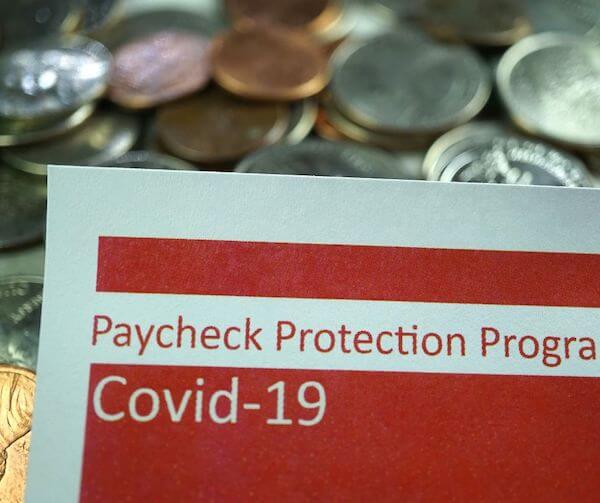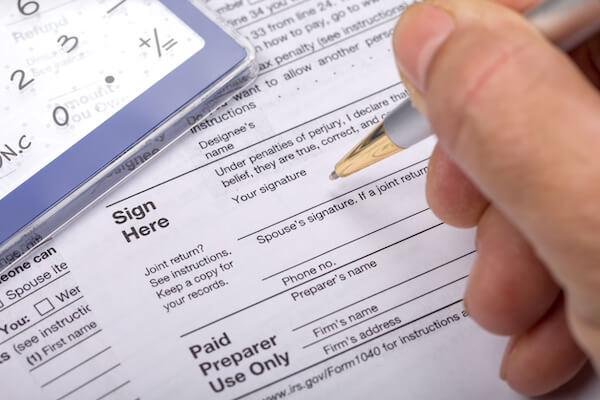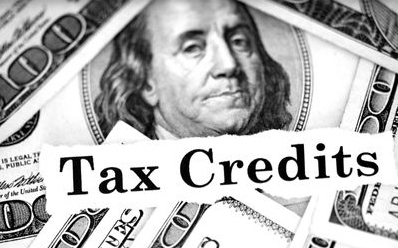There is a lot of talk these days about the Employee Retention Credit, originally established by Congress as part of The Coronavirus Aid, Relief, and Economic Security (CARES) Act to compensate employers whose businesses were negatively impacted by the pandemic.

But how do you know if you qualify or not?
This may also be confusing since there have been numerous promotions online and on the radio in the past few months claiming that all businesses are eligible for the credit when in fact they are not.
The IRS has been warning of these promotions for months because they can generate compliance risks for businesses that accept such claims.

These third-party promoters also charge large upfront fees or a fee that is contingent on the amount of the refund and in addition, fail to inform taxpayers that wage deductions claimed on a federal tax return must be reduced by the amount of the credit.
While the ERC is most definitely a legitimate tax credit, you, as a taxpayer, need to be aware that not all businesses qualify for it.
What Exactly is the ERC and Who is Eligible?
The ERC is a refundable tax credit designed for businesses that continued paying their workers while they were shut down during the Covid-19 pandemic or that had significantly lower gross receipts from March 13, 2020, through Dec. 31, 2021.

To be eligible for this tax credit, your business operations must have been partially or fully suspended because of the pandemic due to what the IRS refers to as “orders from an appropriate governmental authority.”
In plain terms, that means that the governor in your state mandated that all non-essential businesses close until further notice, or that your city’s mayor required that your business limit occupancy to 50 percent of its legal capacity, or that your local health department ordered your business to close four hours early to clean and disinfect the premises to mitigate the spread of Covid-19.

Your business could also be eligible if you experienced a significant loss of gross income in 2020 or a loss of gross income during the first three quarters of 2021. In addition, you would qualify if your business qualified as a recovery start-up business for the 3rd and 4th quarters of 2021.
Can You Qualify for PPP Loans and the Employee Retention Credit?
While the PPP (Payroll Protection Program) and the ERC were both designed to support businesses that struggled from the pandemic, there are differences between the two programs.
Here are some of those.
Funding
The PPP initiative is a forgivable loan, meaning that if you used the funds for payroll, rent and other qualifying expenses, you were not required to pay it back.

If, however, you used it for non-qualifying expenses such as using the loan funds to pay for another debt obligation that doesn’t fall under payroll, rent, utilities, mortgage interest, Covid-related safety expenses, property damage due to civil unrest, and other expenses, then you would have to pay it back.
The ERC is a tax credit that you don’t have to repay.
Timing of the Funding
If your business qualified for the PPP loan, the money would have gone into your bank account via direct deposit, usually within 10 days of approval.

The ERC money is not distributed until after you file Form 941-X and then the IRS must review your claim. If you qualify, you’ll get a check in the mail, but it could take between 3 and 6 months to receive it.
Cost to Apply
Applying to the PPP program was free. While the ERC application is also free, we recommend that you use an accounting firm like ours to help you with the process, and of course there is a cost involved in that.

When the PPP program was first established, a business that received it could not apply for the ERC. However, due to the Consolidated Appropriations Act of 2021, a business can now apply for the ERC if they received PPP funds.
The only stipulation in this case is that you can’t use the wages that qualify you for the PPP loan forgiveness initiative to determine the Employee Retention Credit.
Documentation will need to be provided that shows you are not double dipping, i.e., not using both programs to cover the same wages.
Do you still have questions about the Employee Retention Credit and if you qualify for the program? If so, be sure to send us an email at [email protected].


